Warner Brothers Logo Design: History & Evolution

Image Source: https://www.deviantart.com/darkavengers3000/art/Warner-Bros-Logo-Wallpaper-936402052 | Image Courtesy: Warner Brothers
When you think of iconic symbols in the entertainment industry, the Warner Brothers logo design is likely one of the first that comes to mind. For generations, this emblem has been a symbol of creativity, innovation, and entertainment excellence. But have you ever wondered about the history and evolution of the Warner Brothers logo design? It's a fascinating journey that's not only rich in artistic achievement but also in cultural significance.
Whether you're an aspiring graphic designer or a seasoned professional, the Warner Brothers logo design offers a captivating case study of how design evolves to reflect changing times and values. From its humble beginnings to its modern variations, the story of this logo is a tale of artistic triumph and adaptability. So grab your favorite design tool, and let's dive into the world of Warner Brothers logo design – a story that's sure to inspire and ignite your creative spark!
Warner Brothers Logo Design History
1923 - 1925
In the early days of Warner Bros., the company’s logo was more of an expression of text rather than a visual icon. Launched in the year of its registration, the original Warner Brothers logo design was simple yet impactful. The white background served as a canvas for the company's name, displayed in large letters that widened from the middle to the edge. Below this main text, a serif font line read "Classics of the Screen," a tagline that emphasized the quality and prestige of the studio's productions.
For graphic designers, this first Warner Brothers logo design might seem quite basic compared to later versions, but it's essential to recognize the context of the era. The 1920s marked a time of innovation and transition in film and design, and this straightforward approach mirrored the industry's early stage. The logo's clean lines and clear typeface conveyed a sense of straightforward elegance and focus on the content itself.

Image Courtesy: Warner Brothers
1925 - 1929
The years 1925 to 1929 saw a pivotal change in the Warner Brothers logo design. After being renamed Warner Brothers Productions, the firm's identity underwent a significant transformation. It was during this period that the famous shield appeared, quickly becoming an everlasting symbol for the company. The nickname "Brain Shield" stuck, and the emblem began to take on a more tangible identity.
The upper area inside the shield featured a monochrome image of the house where the film studio was located, sketched with thin black lines on a white background. Below the image, the sharp, pointed abbreviation "WB" sat, flanked by a small strip resembling a miniature rectangle. This addition of visual elements gave the Warner Brothers logo design a more complex and engaging appearance. The integration of the shield and the studio building connected the logo with both the brand's identity and its physical location, enhancing its connection to audiences.

Image Courtesy: Warner Brothers
1929 - 1937
With another renaming in 1929, Warner Bros. Pictures Inc. launched a revised version of its shield logo. This update brought a sense of uniformity and solidity to the Warner Brothers logo design. The shield now featured a double edging, and the abbreviated company name occupied the entire space within, creating a more coherent and balanced appearance.
Above the shield, the arched text “WARNER BROS. PICTURES” was prominently displayed in capital letters, with the "Inc." written in lowercase. The choice of typography and the arrangement of these elements brought a symmetry and elegance to the design. The added details and refinements during this period reflect a maturing in both the entertainment industry and in graphic design practices. For design enthusiasts, the evolution of the Warner Brothers logo design from 1929 to 1937 signifies the growing importance of branding, not just as a visual marker but as an integral part of a company's identity and storytelling.

Image Courtesy: Warner Brothers
1934 - 1937
During 1934 to 1937, an intriguing shift took place in the Warner Brothers logo design. A parallel version of the logo emerged, unique and distinct from the more recognized shield design. This emblem, affectionately nicknamed the "Zooming WB Shield," was remarkable for its absence of the company's name and its introduction of narrower letters.
The defining feature of this iteration of the Warner Brothers logo design was the separating sign between the "W" and "B." It gave the emblem a fresh look and more pronounced clarity between the two primary letters. This design change represented a streamlined, modern approach and perhaps a desire to make the WB initials a standalone symbol for the brand.
The Zooming WB Shield might seem like a minor detour in the extensive history of Warner Brothers logo design, but it emphasizes the ongoing experimentation and evolution in visual branding. For graphic designers, it’s a reminder that sometimes a small tweak or parallel design can open up new visual avenues and possibilities.

Image Courtesy: Warner Brothers
1937 - 1953
The Warner Brothers logo design took another significant turn from 1937 to 1953. The existing shield underwent an expansion, and one of its edging lines was removed, creating a cleaner and bolder look. But perhaps the most defining element of this era's logo was the addition of a banner running across the shield from left to right.
This banner, adorned with the words "WARNER BROS. PICTURES INC.," added a dynamic and layered dimension to the logo. It broke the previous shield's uniformity and brought a touch of complexity and movement to the design. This addition also reemphasized the full name of the company, reinforcing the connection between the brand and its iconic emblem.
The 1937 redesign of the Warner Brothers logo design showcases the fluidity of branding and the constant interplay between tradition and innovation. It's a fascinating chapter for graphic designers interested in how established symbols can be refreshed and reimagined without losing their essence.

Image Courtesy: Warner Brothers
1948 - 1967
In the period between 1948 and 1967, another distinct Warner Brothers logo design was developed. This version featured a wide border and a uniquely ribbed surface on the shield, created by horizontal stripes. The interplay between white letters and black shadows provided a strong visual contrast, enhancing the logo's depth and texture.
This rendition of the Warner Brothers logo design is notable for its tactile quality. The ribbed surface gives the emblem a sense of physicality and weight, grounding it in a tangible reality. This textural experiment illustrates how visual design can engage not only the eyes but the imagination, encouraging the viewer to "feel" the surface.
For graphic designers exploring the Warner Brothers logo design history, this period underscores the importance of texture and contrast in creating engaging and multi-dimensional visual experiences. It's a lasting lesson in how design can appeal to multiple senses and enrich a brand's visual narrative.

Image Courtesy: Warner Brothers
1953 - 2019
The journey of the Warner Brothers logo design between 1953 and 2019 is a testament to the logo's enduring appeal and adaptability. The period saw the return of the double edging of the shield, a classic feature that added depth and prominence. Inside, the shield was painted black, giving it a bold and striking presence.
This era of Warner Brothers logo design was marked by numerous reimaginings, mainly aimed at adapting the logo for different stationary media and printing needs. The logo didn't just return once; it returned several times, each instance reflecting a nuanced adaptation to the changing technologies and media landscape.
The evolution of the Warner Brothers logo design over these decades offers a rich exploration of how a brand can preserve its iconic visual identity while still adapting to new contexts and platforms. It serves as a valuable lesson for graphic designers on how to balance continuity and innovation, to maintain a connection with the past while moving forward.

Image Courtesy: Warner Brothers
1967 - 1970
The period between 1967 and 1970 marked a dramatic shift in the Warner Brothers logo design. When the company merged with Seven Arts, the logo underwent a significant redesign. The result was a modern and powerful emblem featuring an extra-bold, stylized "W7" monogram.
This new Warner Brothers logo design was executed in thick letters, with strict geometric cuts that provided a sharp and contemporary appearance. The monochrome color palette was the only visual connection to previous iterations, while the new design reflected the company's evolution and growth.
For graphic designers, this phase in the Warner Brothers logo design history is a fascinating study in reinvention. It demonstrates how a well-established brand can boldly redefine itself while still maintaining a thread of continuity. It's an inspiring example for those looking to strike the perfect balance between honoring tradition and embracing change.

Image Courtesy: Warner Brothers
1970 - 1972
A colorful transformation took place in the Warner Brothers logo design from 1970 to 1972. For the first time, the emblem was colored, abandoning its monochromatic scheme for a vibrant and eye-catching palette. The shield turned red, and the edges were presented in two shades of yellow, with the letters in the central part adopting the same color.
This vivid Warner Brothers logo design also featured an elongated rectangle intersecting the main shield, showcasing the full name of the movie studio. Both the inscription and the abbreviation were colored in a lively yellow-orange, infusing the logo with energy and dynamism.
This colorful departure in the Warner Brothers logo design provides a unique exploration into the psychological impact of color in branding. For graphic designers and design enthusiasts, this era offers valuable insights into how color can be used as a powerful tool to inject new life into a brand, transforming its visual presence and resonance with audiences. It reminds us that sometimes, a splash of color can make a world of difference.

Image Courtesy: Warner Brothers
1972 - 1990
The Warner Brothers logo design from 1972 to 1990 represented a significant departure from previous incarnations. Proposed by the acclaimed designer Saul Bass, this emblem was polarizing, to say the least, and quickly earned two nicknames: "Big W" and "Worm." The logo featured a design that depicted the first letter of the film company's name but was executed in an abstract manner.
This Warner Brothers logo design consisted of three separate pieces, resembling white sausages on a black background. The background itself was somewhat perplexing, as it fluctuated between an irregular circle and a square with rounded corners. These avant-garde choices might have contributed to its lack of popularity.
However, what was once an unloved design has now found new life in other projects of Warner Brothers. This futuristic mark's reappearance demonstrates how designs can have second lives and resonate differently over time. For graphic designers, the "Big W" offers a lesson in risk-taking, creativity, and the importance of understanding audience perception.

Image Courtesy: Warner Brothers
1993 - 2022
The period from 1993 to 2022 witnessed a revitalization of the iconic Warner Brothers crest. The lines of the letters and the black frame were emboldened, giving the logo a stronger visual presence. The shield itself was slightly extended, and the arched banners became thicker, emphasizing stability and prominence.
This Warner Brothers logo design featured black as the main color of the background, with delicate white lettering within it. The balance between boldness and refinement provided the emblem with a renewed sense of sophistication and grace. It's a testament to the subtle power of refinement and how small adjustments can breathe new life into a well-known symbol.
For graphic designers, this era of the Warner Brothers logo design provides rich insights into the art of updating an iconic image without losing its essence. It's about understanding the core values and visual cues that resonate with audiences, and enhancing them in meaningful ways.

Image Courtesy: Warner Brothers
2019 - 2023
The latest chapter in the Warner Brothers logo design story began in the fall of 2019 with the unveiling of a fresh, contemporary design. This second color version now utilizes blue instead of red, adding a serene touch to the emblem. The abbreviation in the center remains elongated, with sharpness at the ends, harking back to designs that first appeared in 1929-1937.
What's notable about this Warner Brothers logo design is its minimalism: no edging, just a shield and two central letters. The text is thoughtfully placed out of the graphic image frame, spanning two lines - "Warner Bros." at the top and "Pictures" at the bottom, all in harmonious blue.
The current logo design carries a sense of nostalgia while feeling distinctly modern. It showcases how a brand can navigate its rich history while adapting to contemporary aesthetics. For today's graphic designers, it provides a masterclass in blending the old with the new, crafting an identity that respects tradition while embracing the future. It’s a poignant reminder that sometimes, going back to basics is the most innovative move of all.

Image Courtesy: Warner Brothers
2023 - Present
The latest iteration of the Warner Brothers logo design, marking the current period from 2023 onwards, pays homage to a previous era while introducing fresh touches. Taking cues from the logo used during the 1993 – 2022 period, this new design integrates a contemporary color palette with classic elements.
The base of the shield is crafted in a sophisticated blue gradient, lending depth and elegance to the overall appearance. In a striking contrast, the initials and border are featured in a golden color, bringing warmth and richness to the design. One notable change in this Warner Brothers logo design is the removal of the banner that once ran across the shield. This decision allows the initials to shine unencumbered, emphasizing simplicity and clarity.
Brought to life by the renowned design firm Chermayeff, Geismar, and Haviv, this logo's classic design marks a significant anniversary for the company. It's a beautiful example of how subtle modifications can make a meaningful impact, retaining a connection to a brand's heritage while refreshing its visual identity.
For fellow graphic designers, this phase of Warner Brothers logo design illustrates the power of nuanced changes and the timeless appeal of simplicity. It serves as a reminder that innovation often lies in the details, allowing the essence of a brand to resonate in a new era.

Image Courtesy: Warner Brothers
Analysis: Warner Brothers Logo Design Evolution
The evolution of the Warner Brothers logo design is a fascinating journey that offers valuable insights into the dynamics of brand identity, visual aesthetics, and cultural relevance. For almost a century, this emblem has seen numerous transformations, reflecting the company's growth, changes in leadership, and shifts in the entertainment industry. As we dive into this analysis of the Warner Brothers logo design evolution, here are five critical points that illustrate how this iconic symbol has evolved and why it continues to captivate audiences and designers alike.
Adaptation to Cultural and Industrial Changes
The Warner Brothers logo design has always been in sync with the cultural and industrial shifts. From the simple text layout in its early days to the creation of the legendary shield, the design has embraced change. Each redesign reflects a conscious effort to stay relevant and resonate with the audience, whether adapting to technological advances in film production or aligning with modern design principles.
Balancing Tradition and Innovation
One of the standout aspects of Warner Brothers logo design evolution is the skillful balance between tradition and innovation. While the logo has undergone significant changes, certain elements, such as the renowned shield, have remained consistent. This delicate balance has allowed Warner Brothers to maintain brand recognition while still evolving with the times, showcasing an understanding of both heritage and the need for freshness.
Influence of Mergers and Corporate Shifts
Corporate changes, including mergers and rebranding, have left their imprint on the logo. For instance, the merger with Seven Arts in 1967 led to a modern emblem with the bold "W7" monogram. These changes are not merely superficial; they signal the company's direction and ambitions, serving as a visual marker for strategic shifts within the business landscape.
Color Evolution and Symbolism
The Warner Brothers logo design's use of color has been a remarkable part of its evolution. Transitioning from monochrome to the strategic use of red, blue, and golden hues, the color choices have added depth and meaning to the logo. They've managed to evoke emotions and build a visual connection with audiences, enhancing the logo's impact and appeal.
Collaboration with Renowned Designers
Collaborating with prominent designers like Saul Bass and design firms like Chermayeff, Geismar, and Haviv has infused the Warner Brothers logo design with creativity and professional excellence. These collaborations have brought different perspectives and artistic approaches, ensuring that the logo remains a work of art in itself.
The Warner Brothers logo design evolution is a compelling study in branding, creativity, and the intersection of art and commerce. It's a testament to the power of design in storytelling and brand building, reflecting both the past and the future. For graphic designers, it offers inspiration and lessons in adaptability, innovation, and the timeless essence of a well-crafted logo. Whether you're a seasoned professional or a budding designer, the Warner Brothers logo's rich history is a vibrant reminder of what design can achieve when it's aligned with vision, context, and craft.

Image Source: https://www.designweek.co.uk/issues/09-may-12-may-2023/chermayeff-geismar-haviv-warner-bros/ | Image Courtesy: Warner Brothers
The Philosophy & Meaning Behind Warner Brothers Logo Design
The Warner Brothers logo design is more than just a symbol for a well-known film studio; it’s a masterpiece that carries a rich philosophy and meaning. Understanding the underlying thoughts and inspirations behind the design helps us appreciate it not merely as a visual cue but as a narrative of Warner Brothers' identity and values. In this section, we will explore five essential aspects that illuminate the philosophy and meaning behind the Warner Brothers logo design, helping graphic designers to understand how to infuse deep symbolic value into a logo.
The Shield as a Symbol of Heritage and Protection
From its inception, the Warner Brothers' shield has stood as a visual metaphor for the studio's commitment to quality and a protective barrier for its creative assets. It's more than a stylistic choice; it's a philosophical stance that conveys the company's resolve to be a guardian of cinematic excellence. The shield represents a bond of trust between the filmmakers, the studio, and the audience.
Color Choices Reflecting Mood and Emotion
The Warner Brothers logo design has seen an intriguing play of colors over the years. From the bold reds to the calming blues, every shade has been chosen with intentionality. Color in logo design is never arbitrary, and Warner Brothers has used it to convey emotions, set the mood, and even herald changes within the company. For example, the blue in the latest version is not just a color but a symbol of trust, wisdom, and stability.
Balancing Modernity with Nostalgia
Throughout its evolution, the Warner Brothers logo design has maintained certain traditional elements while embracing modern design principles. This careful balance reflects a philosophy that values heritage while recognizing the need for innovation and adaptation. It's a lesson in how a brand can stay fresh and relevant without losing its roots, a delicate dance that Warner Brothers performs gracefully.
Typography as Identity
The varying typefaces and stylizations in the Warner Brothers logo design tell a story of the company's transformation. From the early serif fonts to the sleek and modern lettering, each choice in typography speaks to the era's aesthetics and the studio's positioning. The logo's typography serves as a visual signature, mirroring the company's evolving identity.
Emblem of Unity and Collaboration
The Warner Brothers logo design serves as an emblem of unity and collaboration within the world of cinema. The consistent use of elements like the shield conveys a unified vision and a collaborative spirit. It's not just a corporate symbol; it's a flag that rallies creative minds under a shared goal of storytelling excellence.
The philosophy and meaning behind the Warner Brothers logo design offer an inspiring study of how a logo can carry weight beyond its visual appeal. It's a symbol packed with lessons in design thinking, storytelling, symbolism, and brand alignment. For graphic designers, it exemplifies how a logo can be more than a brand's face; it can be its soul, narrating a rich and layered story that resonates with audiences. Understanding these layers deepens our appreciation for what makes the Warner Brothers logo design timeless and iconic.

Image Source: https://www.pxfuel.com/en/desktop-wallpaper-vbnfb/download | Image Courtesy: Warner Brothers
What Can We Learn from Warner Brothers Logo Design
The Warner Brothers logo design is a treasure trove of lessons for graphic designers at any stage of their career. Whether you're an industry veteran or a budding artist, there's something to learn from this iconic emblem that has stood the test of time. In an ever-evolving industry where trends come and go, the Warner Brothers logo design remains a steadfast example of excellence. Let's dive into the five key lessons that graphic designers can draw from the evolution and endurance of the Warner Brothers logo design.
The Power of Simplicity
One of the hallmarks of the Warner Brothers logo design is its elegant simplicity. Despite various changes throughout its history, the core elements remain clear and recognizable. This underscores the importance of maintaining a clean and uncluttered design that conveys a brand's essence without unnecessary frills. A simple design often leads to a timeless logo that can endure the shifts in design trends.
Adaptation Without Losing Identity
The Warner Brothers logo has undergone several redesigns, yet it has always retained its core identity. This shows the significance of adaptation in logo design. Trends change, and so do company strategies, but a well-designed logo should evolve without losing its essence. It's a lesson in flexibility and the ability to innovate while preserving the core values and identity that make a brand unique.
Emotion Through Color and Shape
As we've seen in the Warner Brothers logo design, color and shape are not just aesthetic choices; they convey emotion and brand personality. The logo's evolution teaches us how to use these elements to elicit specific feelings and align with the brand's message. From the protective shield to the thoughtful color palette, every detail works in harmony to create an emotional connection with the audience.
Consistency in Branding
Across various media, the Warner Brothers logo maintains a level of consistency that reinforces brand recognition. Even with changes and adaptations, the logo remains unmistakably Warner Brothers. This lesson in consistency highlights the importance of a cohesive visual identity across all platforms, creating a strong and unified brand image that's easily recognizable to the audience.
Telling a Story Through Design
The Warner Brothers logo design is not just a visual symbol; it's a storyteller. Its evolution narrates the company's journey, values, and transformations. This teaches us that a logo can be a powerful storytelling tool, encapsulating a brand's history and vision in a visual form that speaks to the audience. A logo should be more than a pretty picture; it should tell a story.
The Warner Brothers logo design offers invaluable insights for graphic designers seeking to create meaningful and enduring logos. From its simplicity to its ability to adapt and tell a story, it's a masterclass in design principles that resonate. As we analyze and appreciate the craftsmanship behind the Warner Brothers logo design, we are reminded that great design is not just about aesthetics; it's about communication, emotion, consistency, and timeless appeal. It's a roadmap to creating logos that not only look good but also feel right and stand the test of time.
Conclusion
The evolution of the Warner Brothers logo design is a compelling study in graphic design excellence. From its iconic shield to its clever adaptations, it's an inspiring testament to simplicity, storytelling, and brand consistency. For graphic designers, the Warner Brothers logo design offers an insightful lesson in crafting logos that are timeless and resonant. Whether you're designing for a multinational corporation or a small startup, applying these principles can help create a visual identity that's not only aesthetically pleasing but also deeply connected to the brand's essence. It's a remarkable example of how design can transcend time and trends.
Let Us Know What You Think!
These fantastic logo design articles are written and curated by Kreafolk's team. We hope you enjoy our information and remember to leave us a comment below. Cheers!

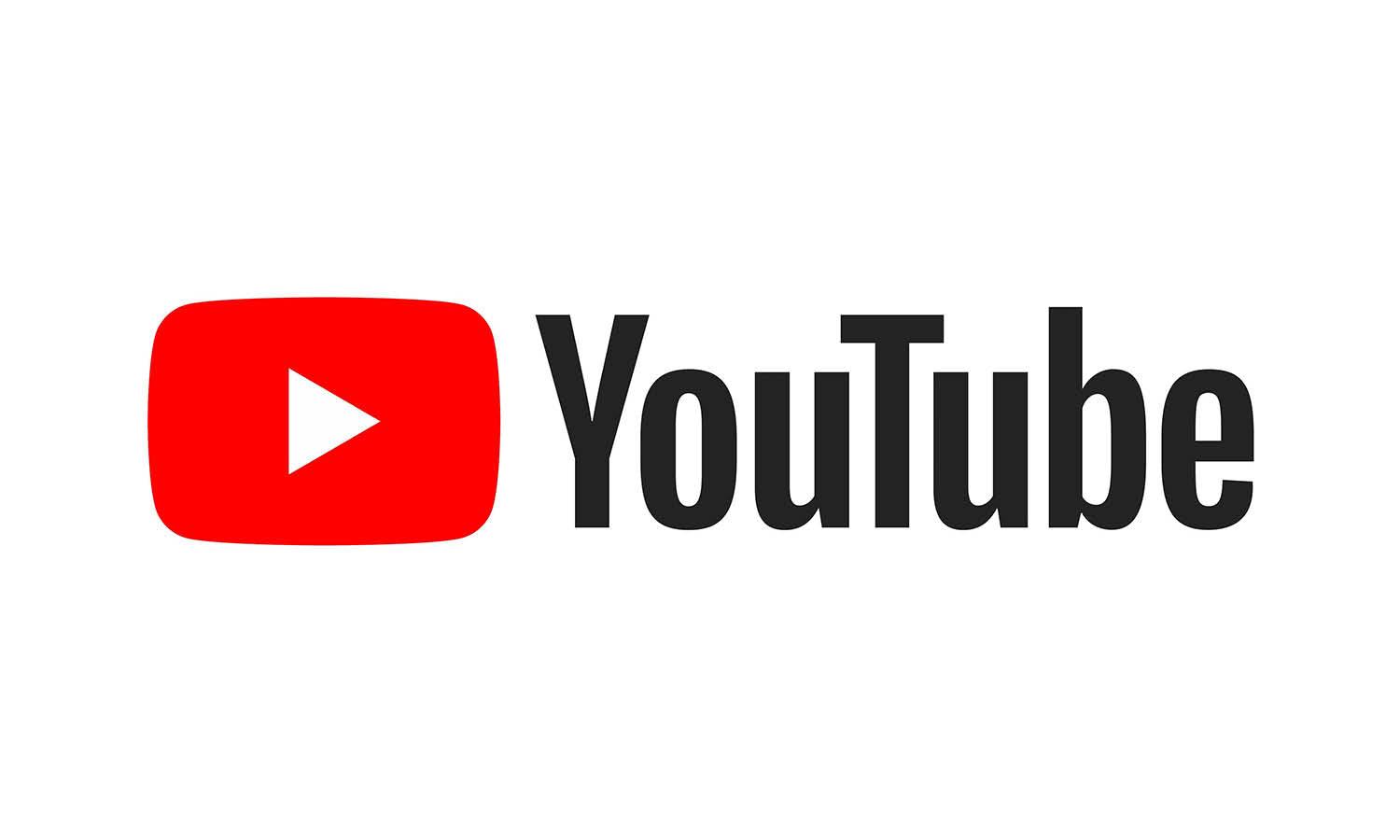
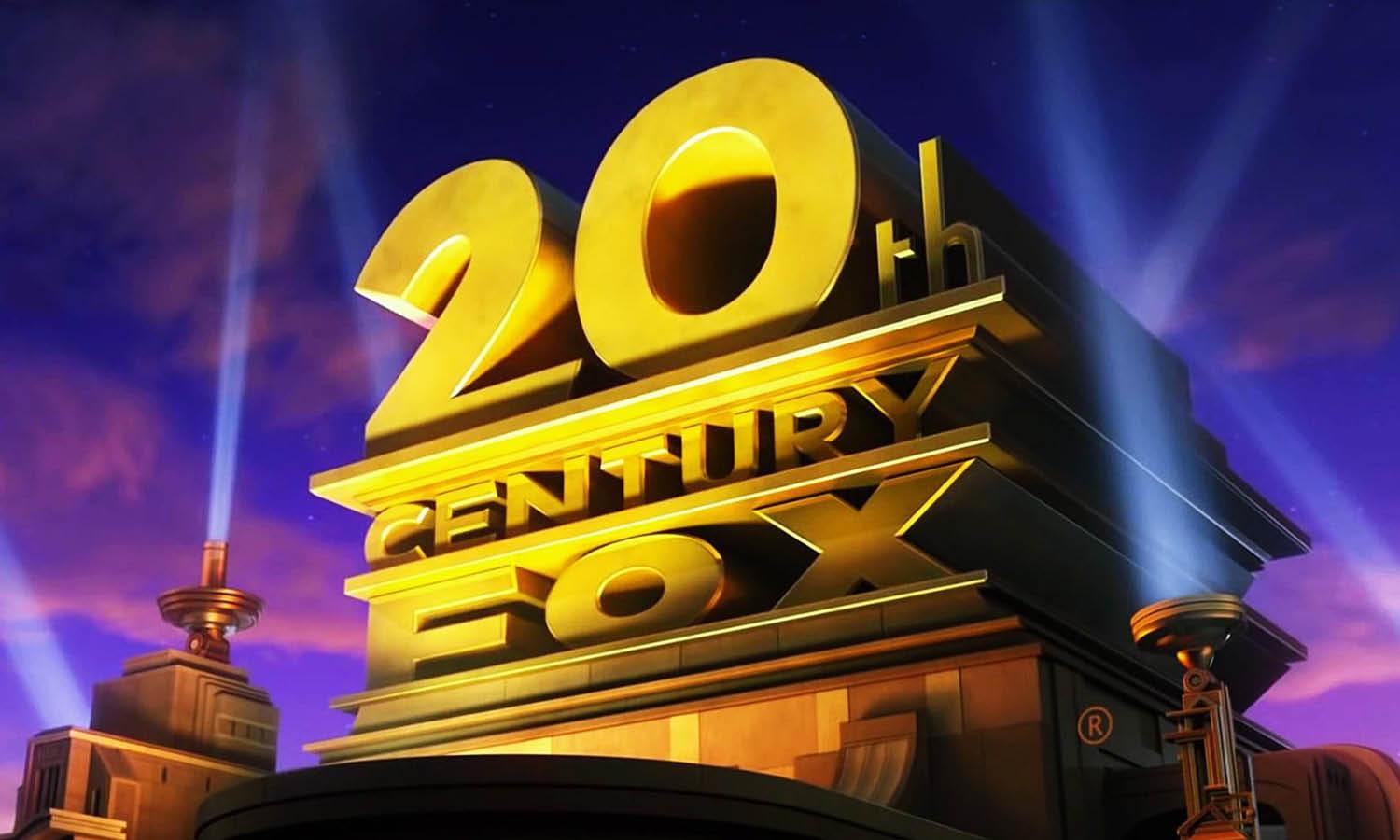
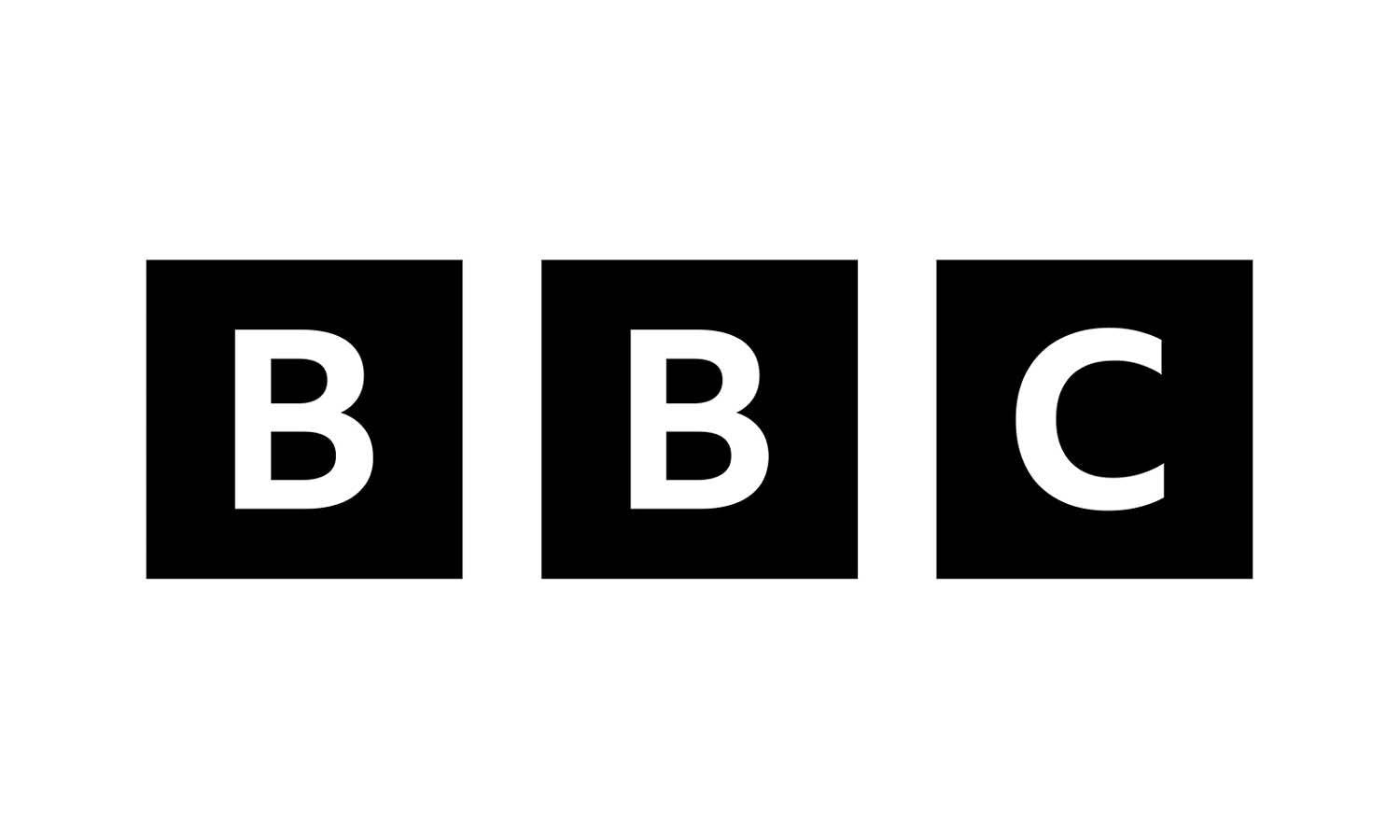
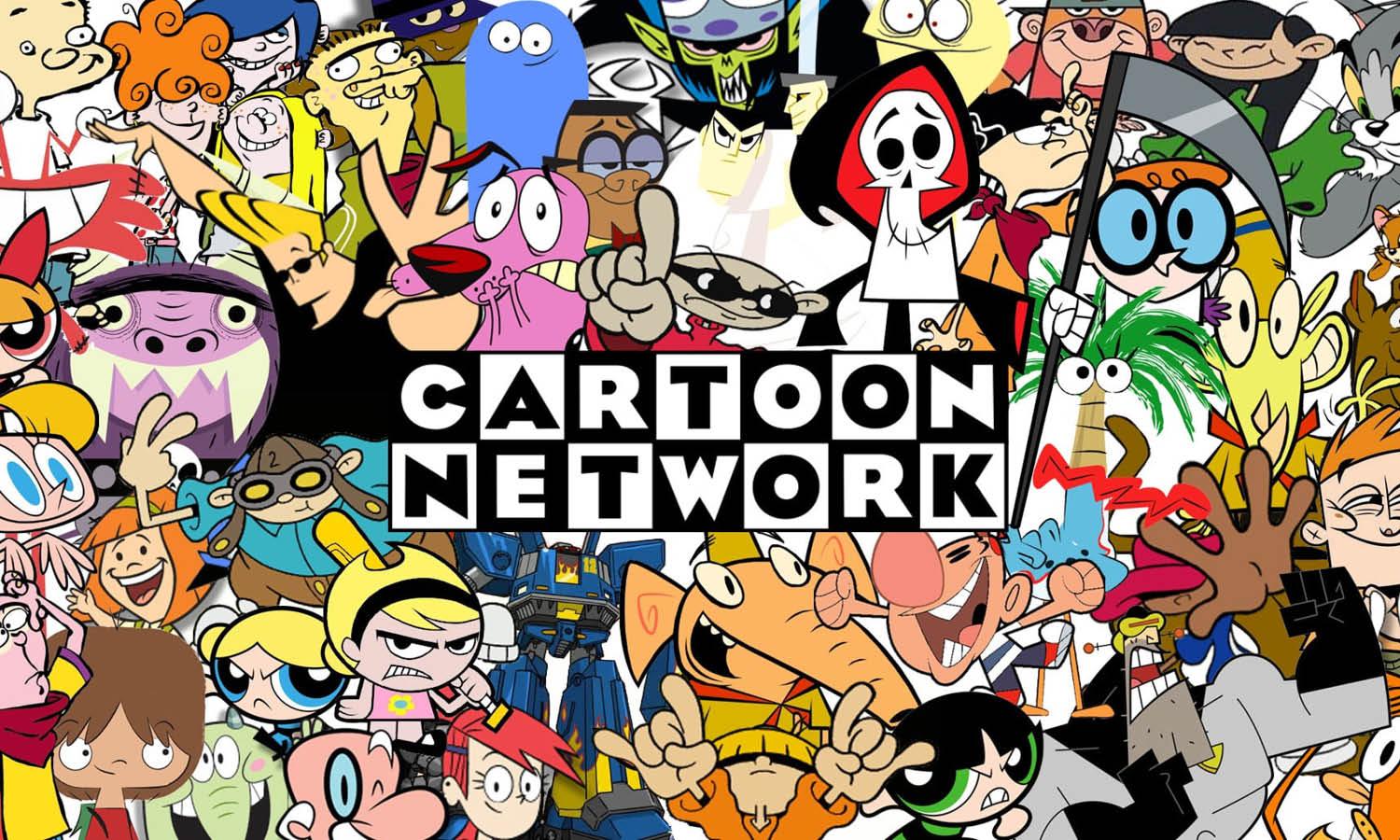
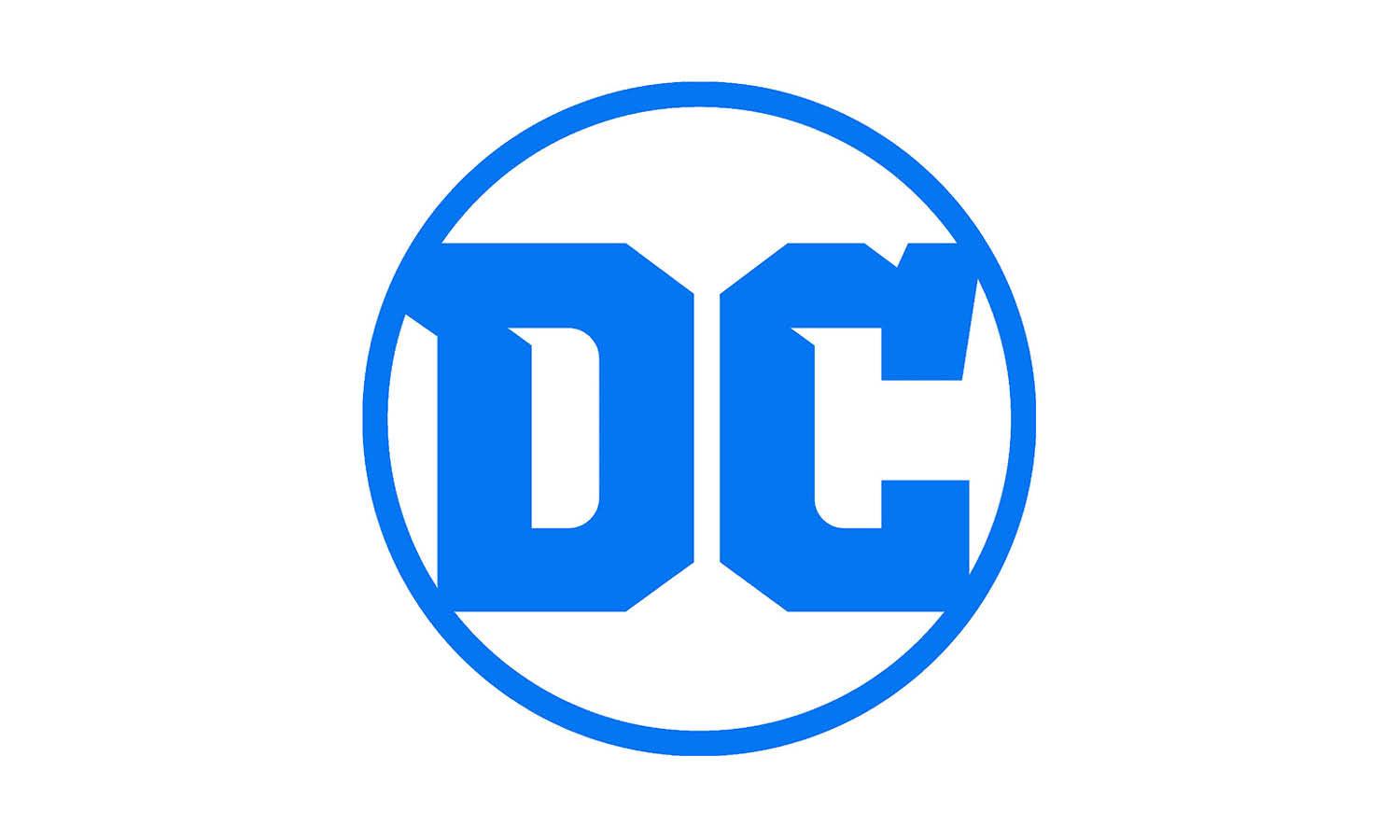

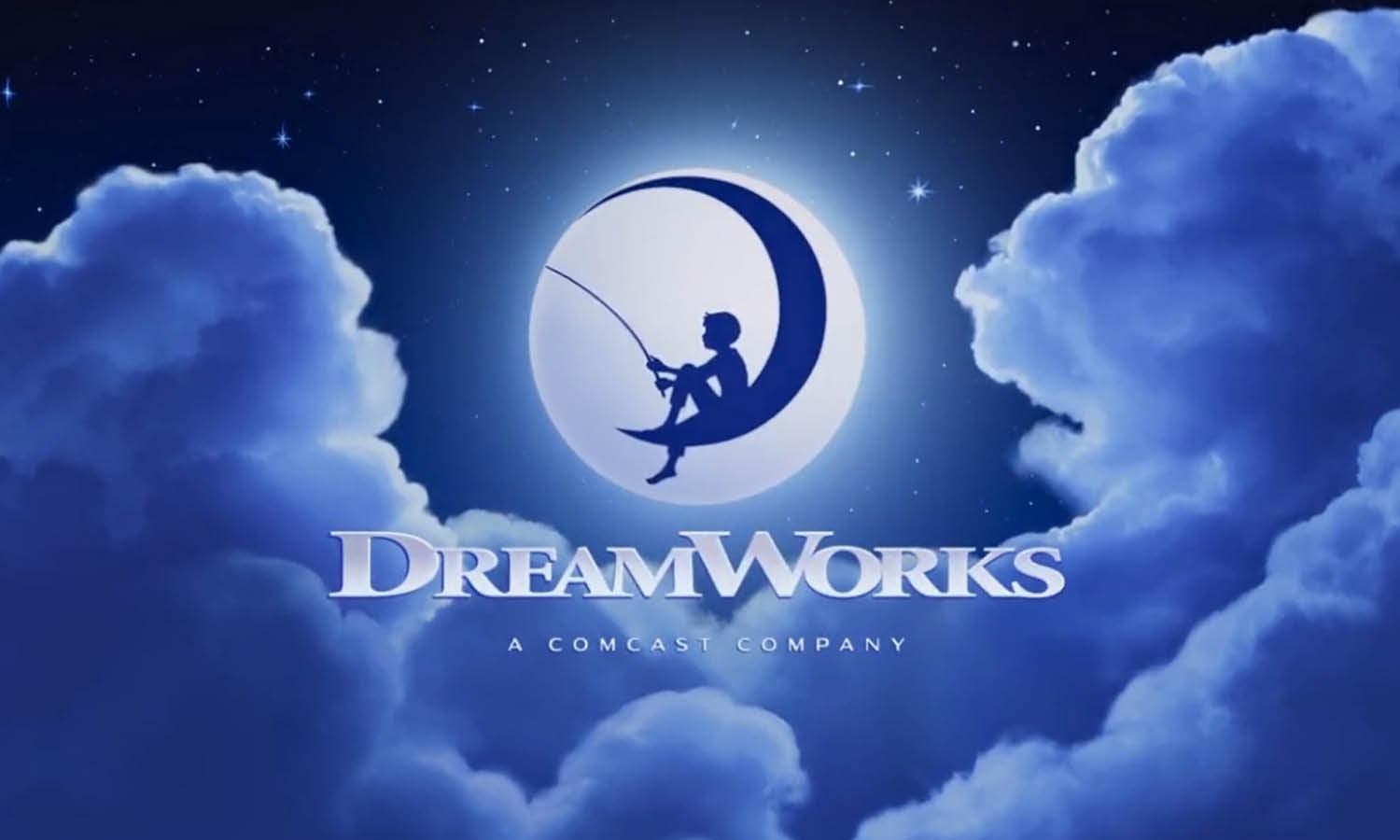








Leave a Comment